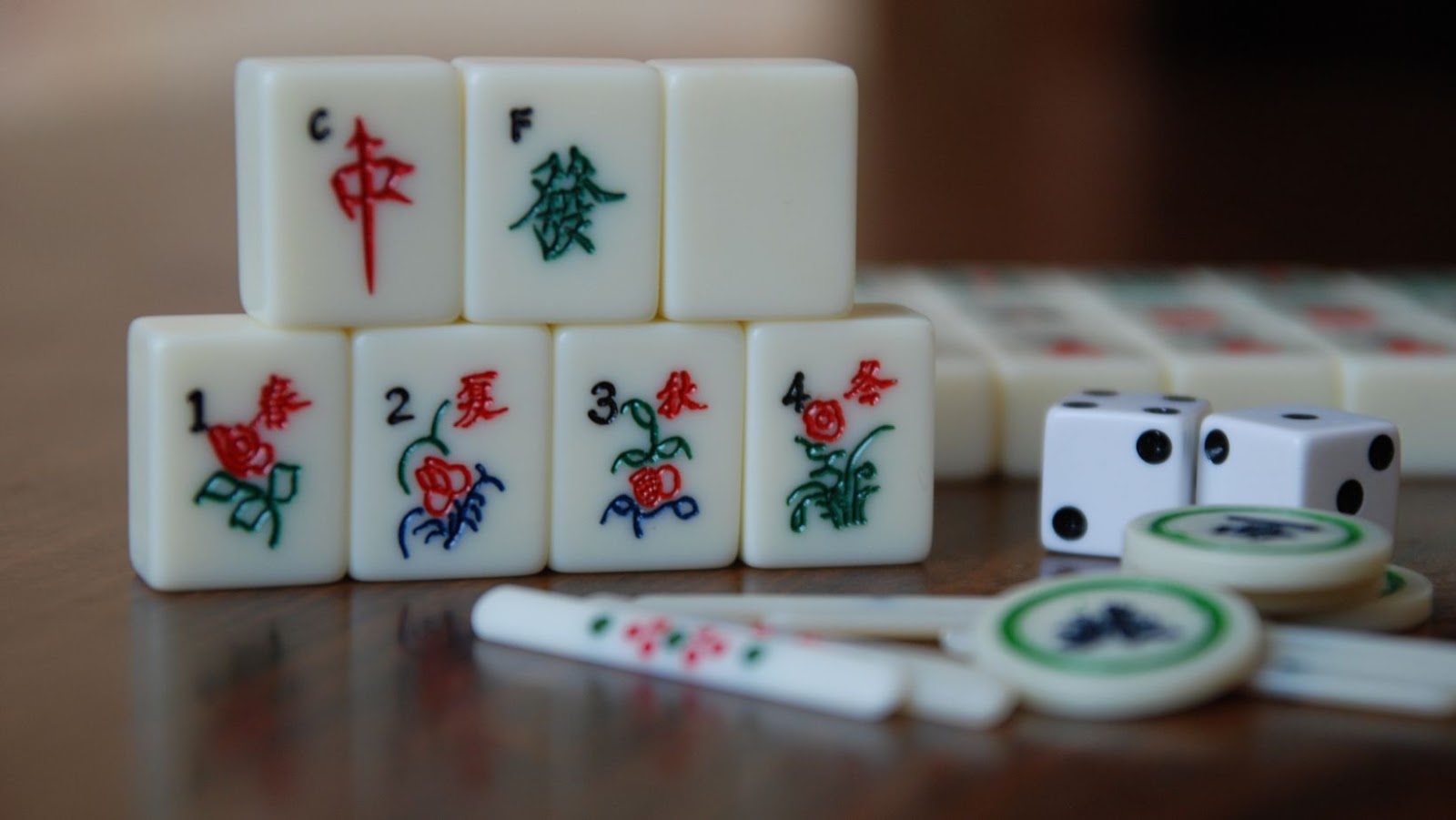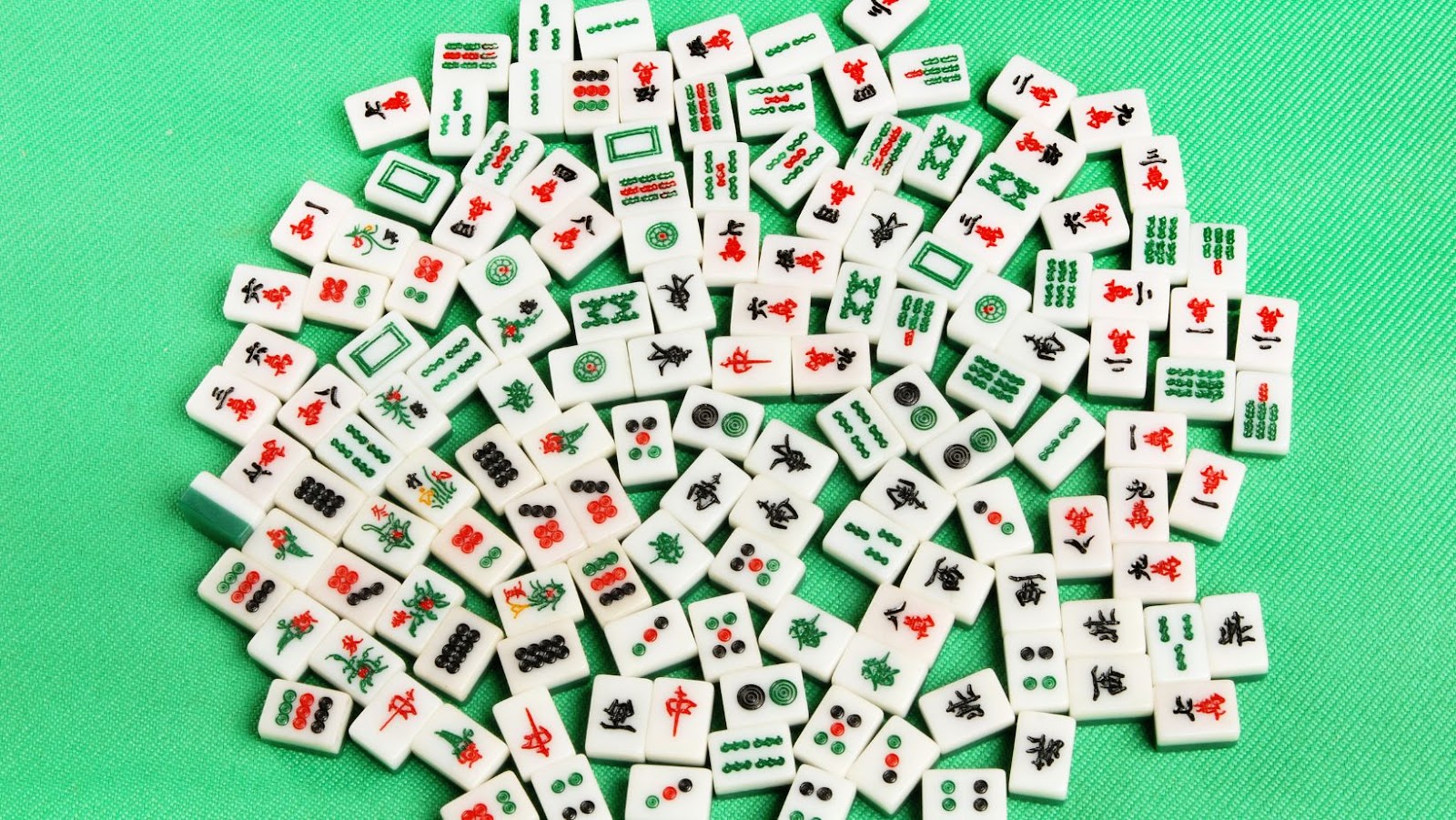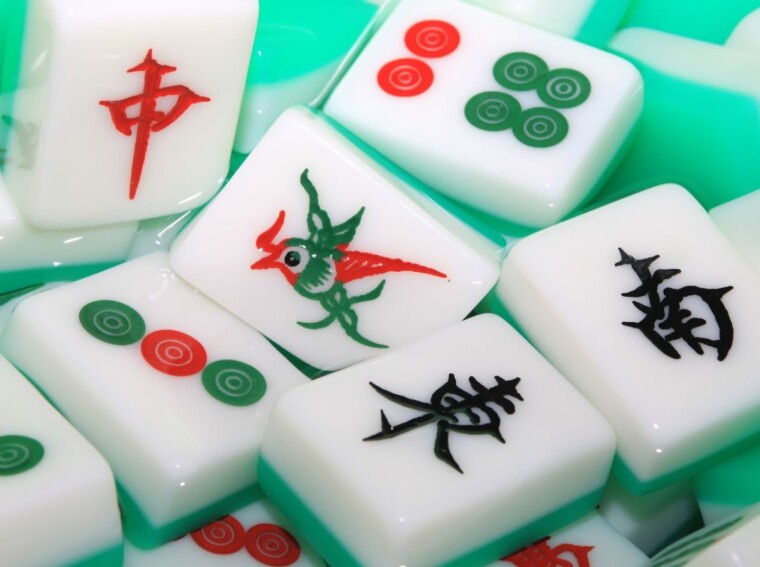The classic Mahjong game has greatly evolved since it first appeared in 1880. Different cultures switched up the rules, making game variations to make it that much more fun to play. The hazy history of the Mahjong tiles game makes it intriguing for many, but for most, it’s a homey way of connecting with their community and engaging in healthy competition. If you’ve never played the Mahjong matching game, its history and addictive nature might not make sense to you. We cover the basic rules of the Mahjong game, its history, and what makes it so fun in this post.
What Is the Game Mahjong? How To Play Mahjong Game
The Mahjong board game is a traditional strategy game typically played between four players. The traditional Mahjong game set comprises 144 tiles, with the Bamboo and Circle suits being the biggest ones with 36 tiles each. There are 16 Wind tiles, a dozen Dragon tiles, and four Seasons and Flowers tiles. The best game sets have tiles made from bamboo and ivory, giving them a matchless in-hand feel. The satisfying clack of the tiles is intriguing as you play, but these sets also have hand-painted faces, which will make you more interested in learning about the game’s origin.
The Mahjong game rules are simple. The idea is to collect tile sets according to the type of tile and the number on it. Players pick up and discard tiles in every turn, and the first player to collect four legal sets and one pair of tiles goes out or goes “Mah Jong.” Mahjong is much like Rummy, so you won’t have much trouble picking it up if you’ve played Rummy. What’s interesting about Mahjong is that it is played across the world, but every region has unique rules. The Chinese Mahjong game’s rules are slightly different from that of the American and British versions. More interestingly, Mahjong has been adapted into several online games, such as the Mahjong Dimension game, which transforms the game into a 3D cube puzzle. Of course, you can also play the original Mahjong game online.
What Makes Mahjong So Much Fun?
There’s a lot to Mahjong that makes it fun, but the three main reasons why many consider it borderline addictive are:
It’s Mentally Pleasing
Mahjong has been proven to be effective in improving mental well-being. A University of Georgia study confirms that playing Mahjong can boost mental health by helping keep the mind occupied. You can think of playing Mahjong as an activity that makes you healthier. It’s no wonder that the game is so popular among both the older and younger generations.
Winning is Satisfying
New players find the game a bit confusing at first, but when they get their first win, they find that the pleasure of saying “Mah Jong” is not like anything else. Carefully collecting the right tiles as your opponents make their moves can make you anxious. Players find themselves thinking:
What if someone has better tiles from the get-go? Surely, the players on the table must be better at making sets and pairs.
Beating the odds and winning is, therefore, very satisfying. And players chase this satisfaction, often finding themselves hooked to the game throughout the evening.
It’s Easy to Make a Habit
When you do something for a long time, it becomes a habit. And there’s nothing quite like knowing that you will spend an hour or two of your day doing something you deeply enjoy. Playing Mahjong becomes a habit for many when they pick it up, and for different reasons. Some players want to get better at the game, while others only care about getting together with others and enjoying their off-time.
A Brief History of Mahjong
The origins of Mahjong are not known. There are many theories about how the game was created, but no concrete and conclusive evidence exists. But we know that it originated in China in the late 19th century.

Fortunately, the history of Mahjong game as it spread worldwide is well-recorded. American marketers imported thousands of Mahjong sets from Shanghai in the early 1920s. The game was advertised as a sophisticated game from an exotic country, setting Mahjong up to compete against other well-regarded games like bridge. It wasn’t long before Mahjong was enjoyed everywhere in the US – from movie sets in Hollywood to New York galas. The game got so popular that Congress passed a law imposing a tax on the sets in 1924.
But things started to slow down for Mahjong by the mid-1920s. This is a point in the Mahjong game history when smaller groups still enjoyed the game and began making their own rules. As the game evolved more, there were many unique American variants of the game. This led to the birth of the National Mah Jongg League in the late 1930s. A group of Jewish women established it, and after the second world war, the game became embedded in Jewish neighborhoods across the country.

Eventually, thousands of players picked up the League version of the game, now known as the American Mahjong game. Mahjong history in America was forged by young mothers in the 60s and 70s, who played the game weekly and built female-focused networks. And because of events spanning back over a hundred years, you can today enjoy Mahjong in the comfort of your home without buying a board. All you have to do is visit mahjong online to play it for free!

